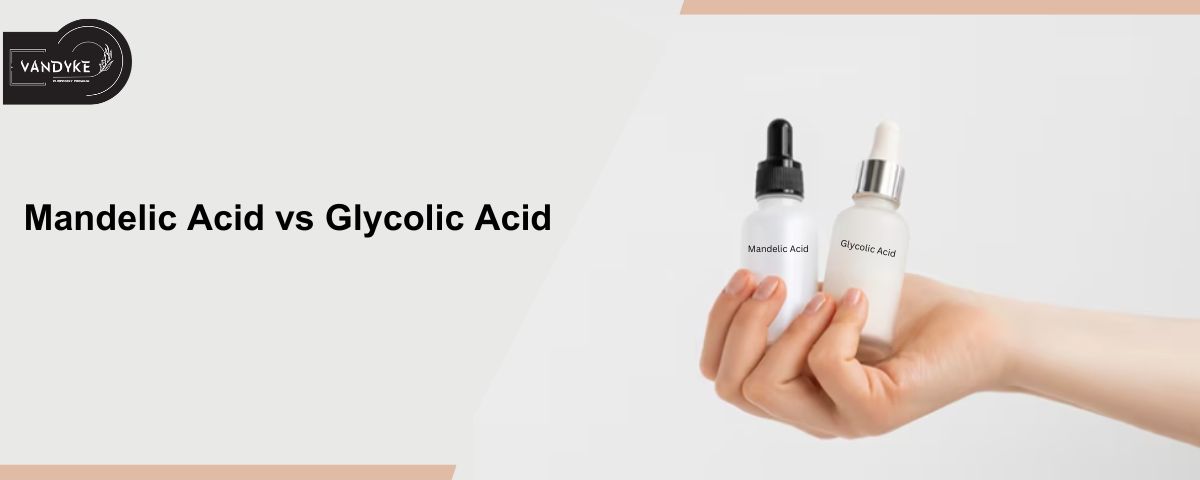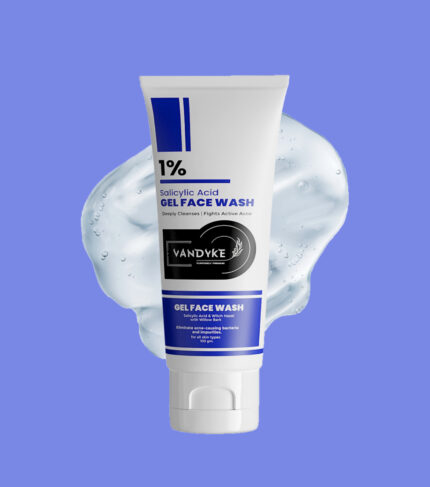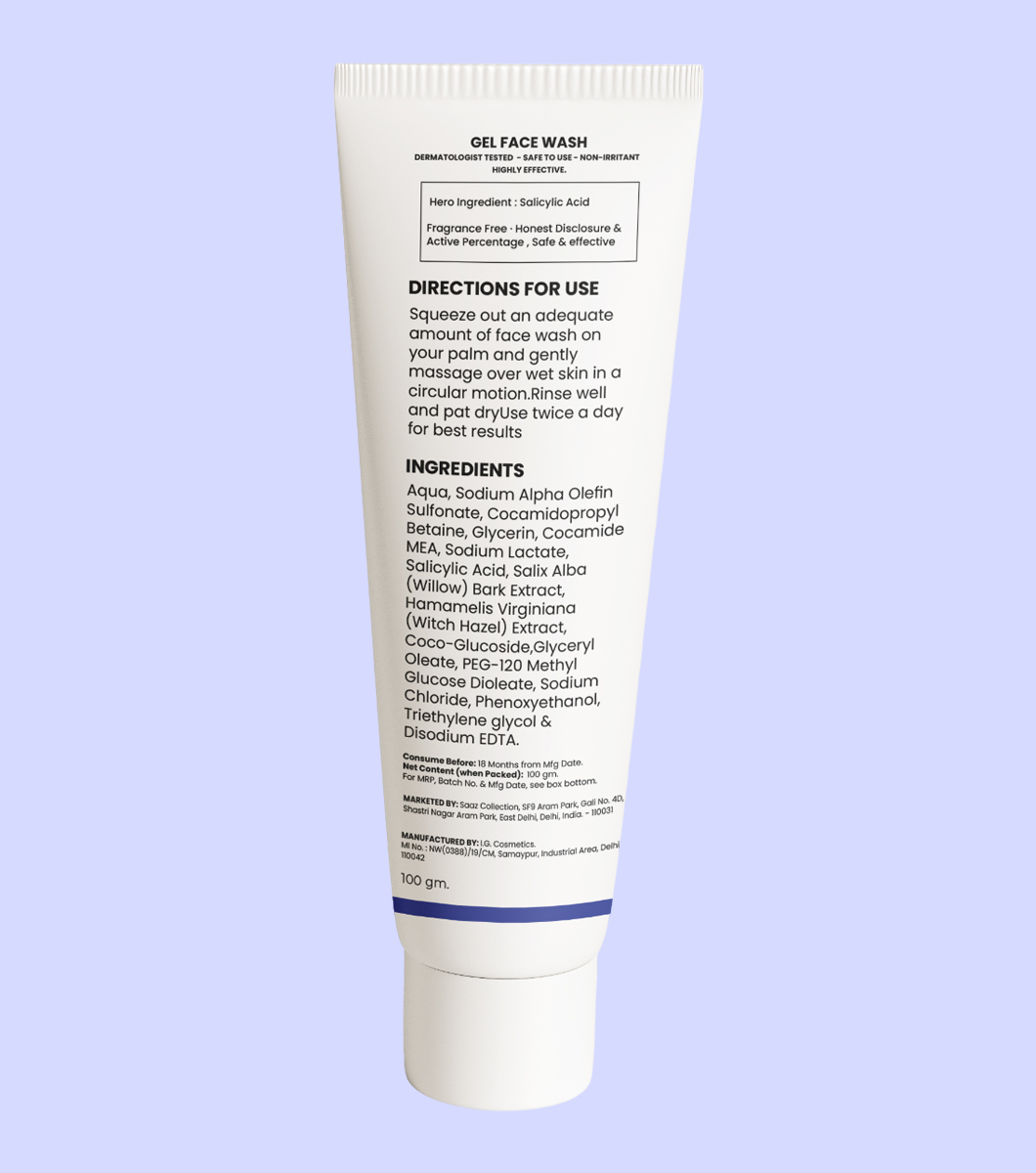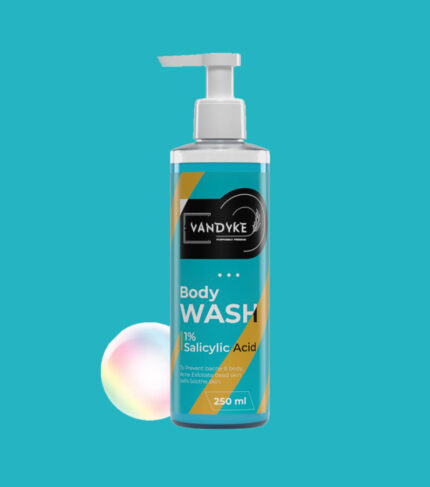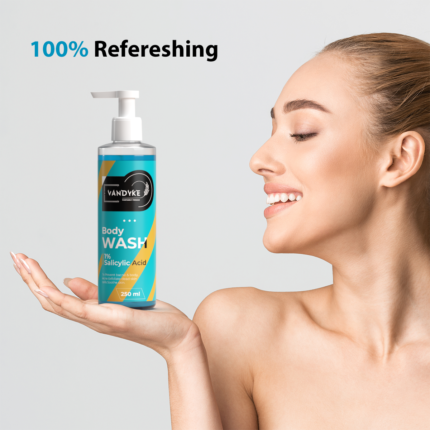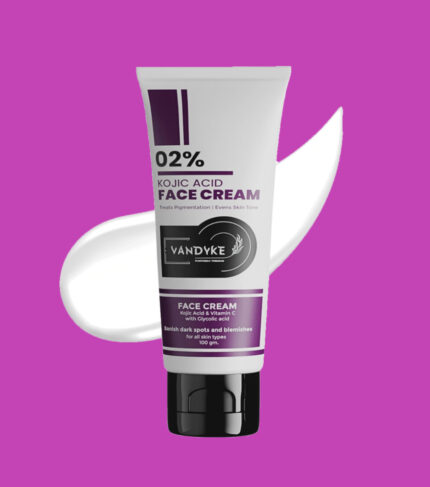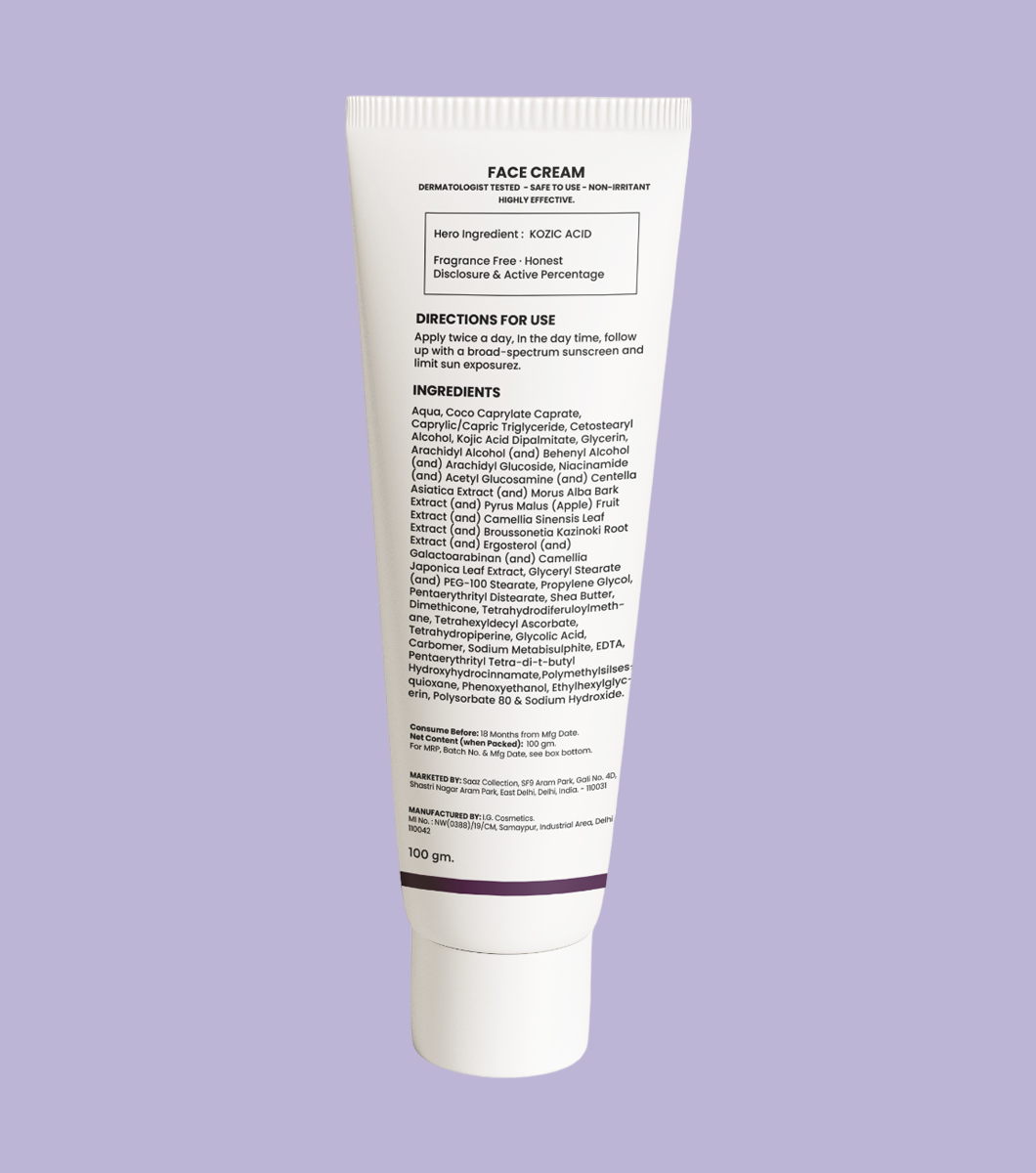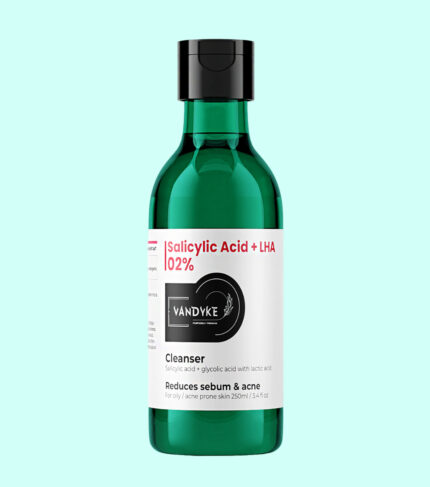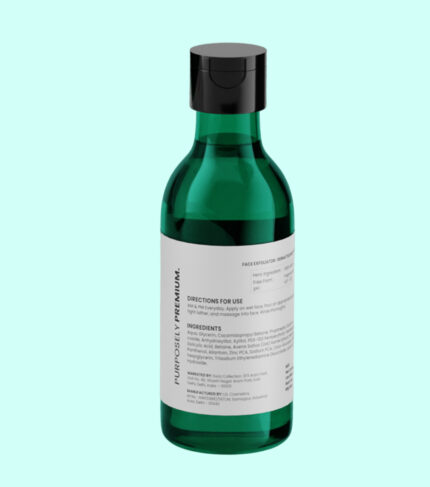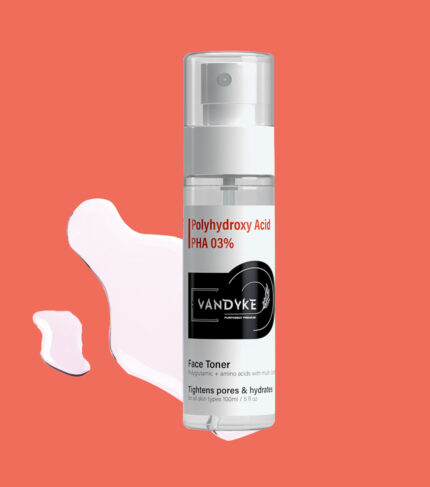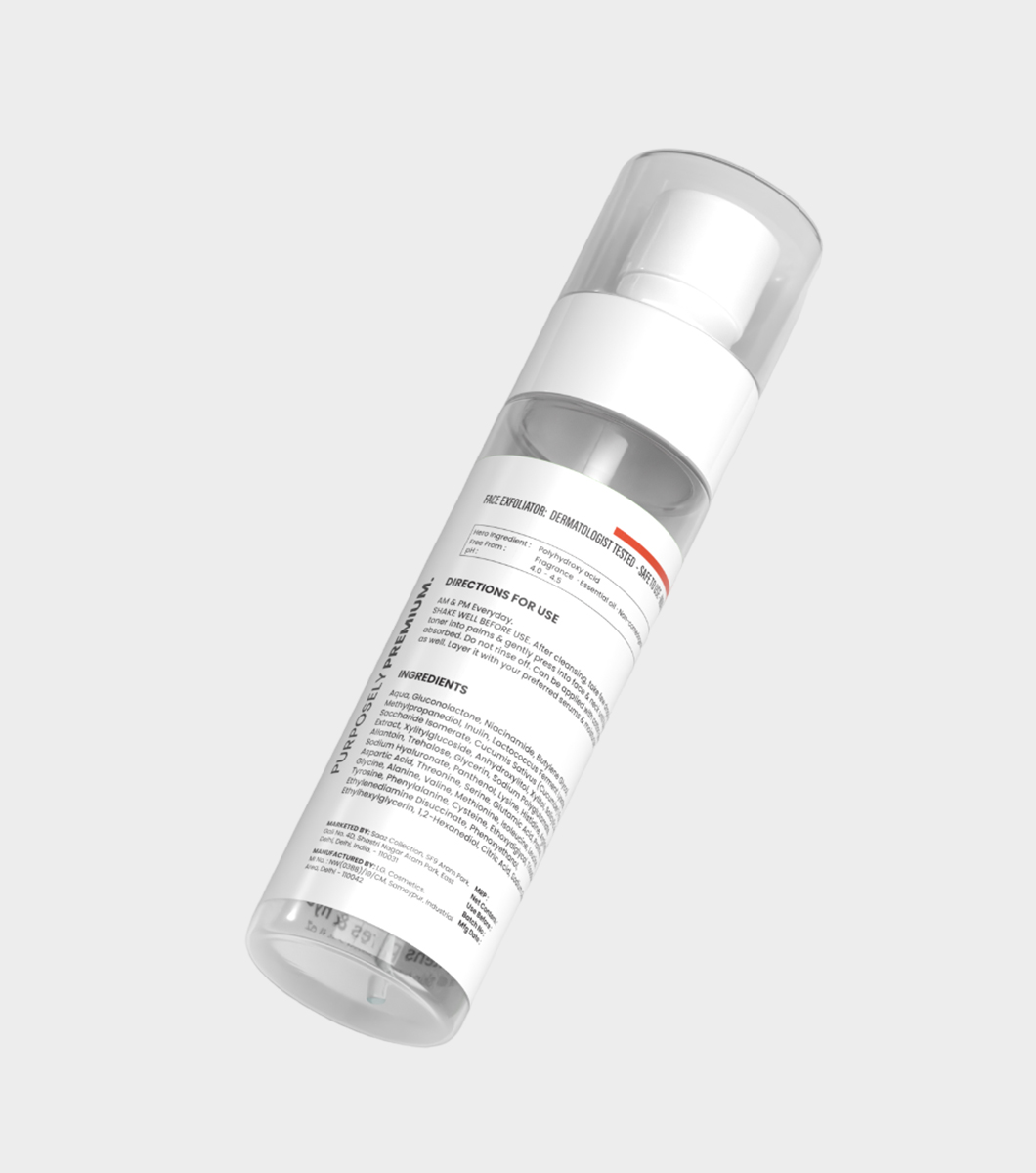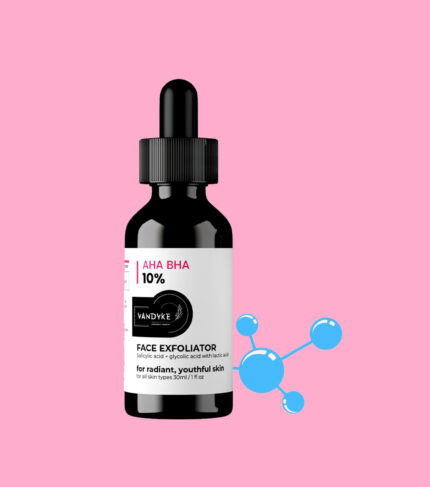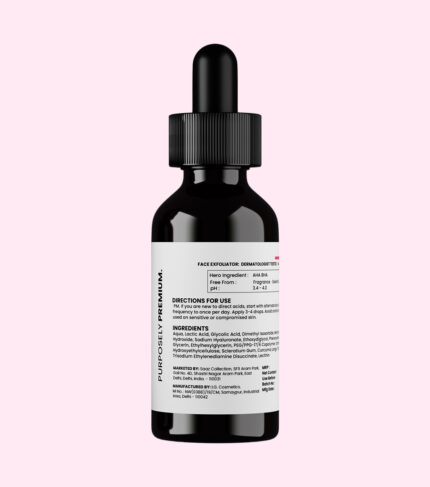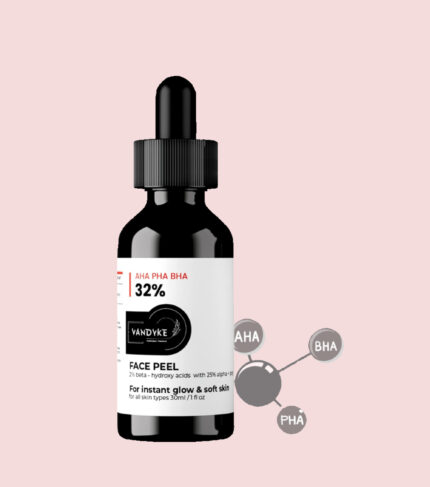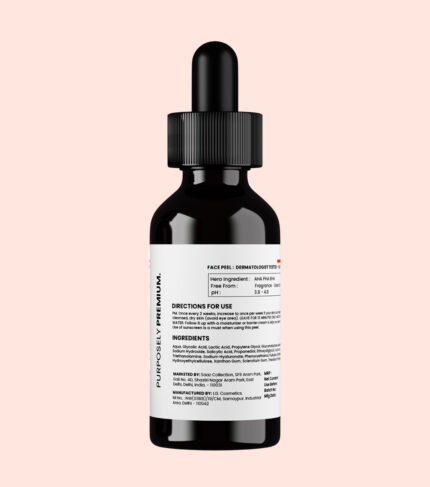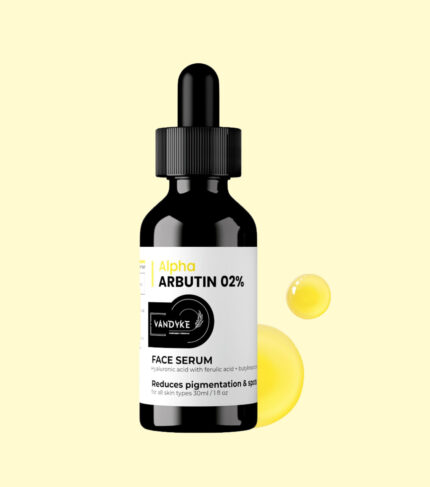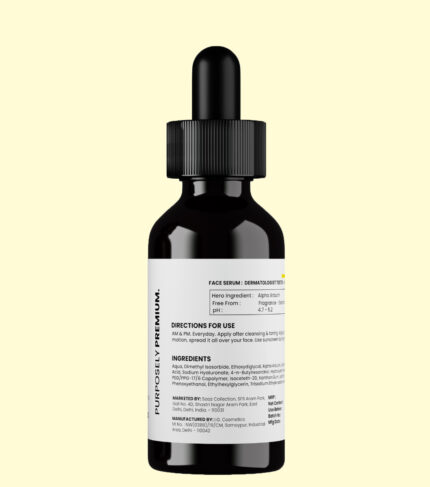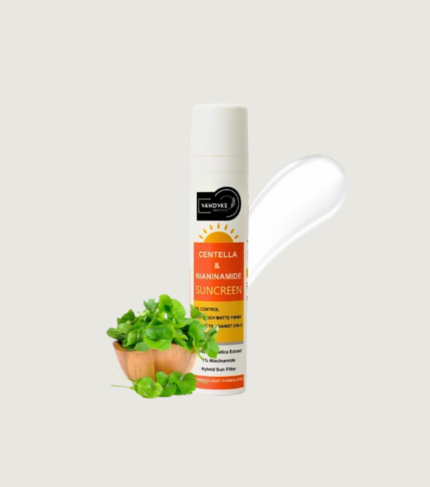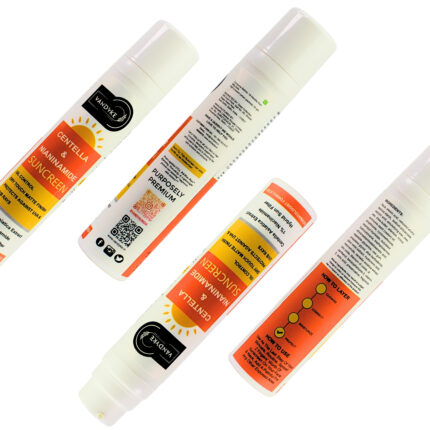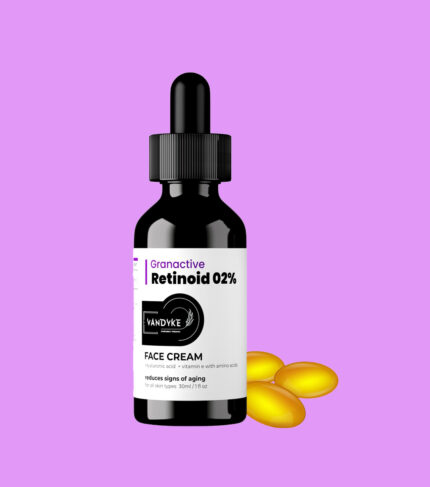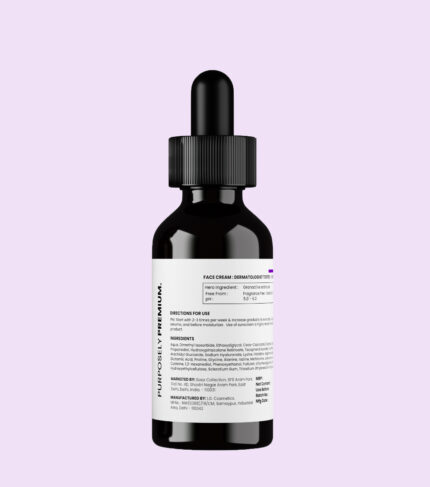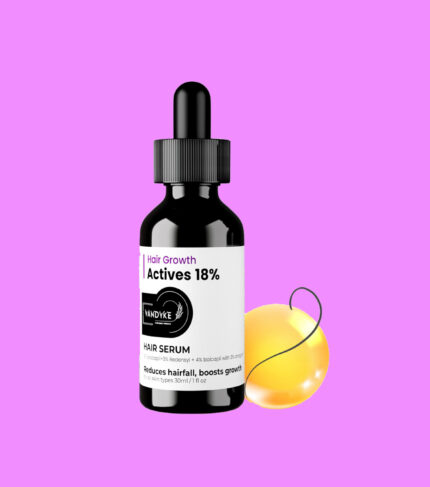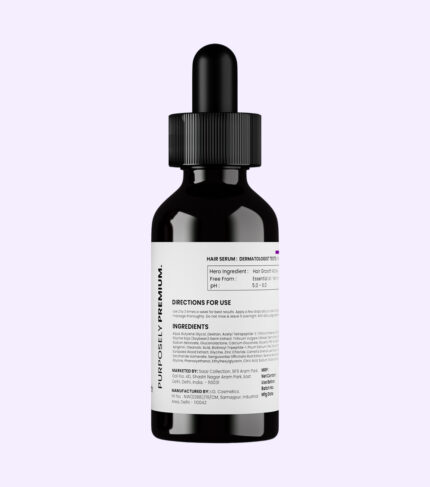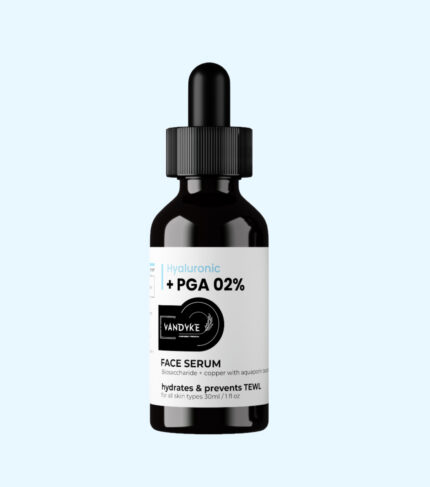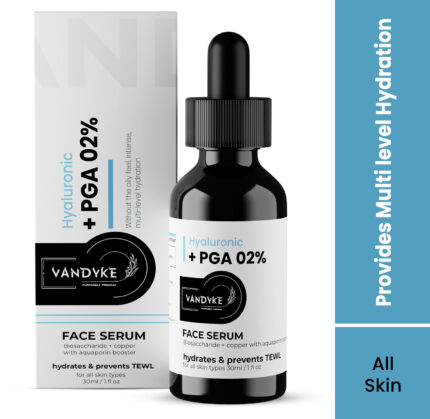Mandelic Acid vs Glycolic Acid Which Is Best For Your Skin
Dive into the ultimate skin care showdown: mandelic acid vs glycolic acid. Find out which powerhouse ingredient is your skin’s best ally. Uncover the secrets to glowing skin as we explore the unique benefits each acid brings. “From gentle exfoliation to blemish-fighting, find out which one best suits your skin needs and top your skin care routine.”
To learn more, spend all of your focused energy reading this comprehensive informative guide. It was written after extensive research to improve the article’s informative value. You should read this article through from beginning to end without missing a single word if you want the answer to your question. Without further ado, let’s get going.
What Type Of Acid Is Mandelic Acid?
Alpha-hydroxy acid (AHA) mandelic acid is more soluble in oil than other AHAs, which allows it to enter pores more easily, despite rumours that it smells particularly strong. For most people, mandelic acid is a mild but effective alternative because of its larger molecular size, which has the opposite effect and penetrates more slowly. Because of its mild exfoliating and cell-turnover properties, the acid has powerful antibacterial qualities. When combined with its active qualities, these qualities help eliminate dull skin and fight against acne, uneven texture, hyperpigmentation, and fine lines and wrinkles.
What Skin Type is Mandelic Acid Good For
But mandelic acid works best for all skin types—oily or dry—and suits them all. For those with irritated or reactive skin, mandelic acid may be the most effective and gentle AHA.
For those who truly want it, it (AHA) has shown to be a useful ingredient in skin care products that can help achieve even better results.
- Aids in promoting radiant, glowing skin
- Reputed to lessen the visibility of blemishes and dark spots, among other pigmentation
- Offers protection against UVA and UVB radiation from the sun.
- helps in maintaining the skin’s natural defences to keep the complexion looking radiant
What Type Of Acid Is Glycolic Acid
Glycolic Acid is also alpha hydroxy acid (AHA) although this acid type is the smallest however, Mandelic Acid vs Glycolic Acid molecular weight sheds light on this major one in a special way. In which the size of these two acids is approximately half.
Glycolic acid’s small molecular weight enables it to reach both the epidermal and dermal layers of the skin.
Is Mandelic Acid Or Glycolic Acid Better For Aging Skin?
Battle of Mandelic vs Glycolic Acid In any case, this alpha hydroxy acid (AHA) is ideal for addressing the indications of wrinkles, fine lines, photodamage, and numerous other issues.
Glycolic versus Mandelic The contest between these two provides a potent combination for general healthful skin care. The fact that both of these acids can be used to treat ageing skin is good news for those who suffer from it. Acids become the go-to option for those with sensitive skin.
If you experience burning while utilising glycolic acid, you can switch to glycolic acid. This is a significant factor when weighing the pros and cons of mandelic acid vs glycolic acid. Nonetheless, you should see a dermatologist as soon as you experience irritation; he can offer you sound advice.
Mandelic Acid versus Glycolic Acid For Acne
When it comes to fighting acne, mandelic and glycolic acids are equally effective; however, they have distinct advantages and disadvantages.
- Mandelic Acid
This gentle giant, with its large molecules, delicately exfoliates, reducing irritation and making it ideal for sensitive or acne-prone skin. It aims to reduce post-inflammatory hyperpigmentation, acne scars and even out skin tone.
- Glycolic acid
This powerhouse packs a punch, deeply exfoliating to unclog pores and tackle active breakouts. Its collagen-boosting abilities help prevent future acne scars. But its potency can cause irritation, especially on sensitive skin.
Mandelic Acid vs Glycolic Acid for Hyperpigmentation
The Conflict Between Glycolic vs Mandelic Acid Both address hyperpigmentation, although in different ways. Mandelic is a gentle giant that targets dark spots left by inflammation and gently exfoliates. It’s a powerful warrior that reduces irritation by gently fading discoloration, glycolic acid deeply exfoliates to get rid of dark spots and prevent new spots from appearing.
It gives quick results. But use it with caution and get more information as it may be a little harsh on your sensitive skin. You can get the best advice for this by consulting a dermatologist.
Can I Use Mandelic Acid and Glycolic Acid Together
But both glycolic acid and mandelic acid are AHAs, and they have comparable skin-benefiting properties. However, it is best to avoid using them in the same skin care routine as this can be incorrect. This is because AHAs can be powerful exfoliants, and over-exfoliation, sensitivity, and irritation can result from using them frequently at once.
Mandelic Acid vs Glycolic Acid combination in Aha Pha Bha 32%
Aha Pha Bha 32% is a peeling agent that aids in skin exfoliation. By dissolving the dead skin cells found in the outermost layer of the face, this serum offers superficial exfoliation, evening out skin tone and leaving skin smooth and radiant.
The most unique feature of this serum is its combination of Mandelic and Glycolic Acids, which can help the average man combat the signs of ageing on his skin. For your skin, I therefore advise you to use this peeling solution, Aha Pha Bha 32% mixed with Glycolic, Lactic, and Mandelic Acid.
How to use Aha Pha Bha 32%
- First of all, use 2% salicylic face cleanser.
- After this you apply peeling solution AHA PHA BHA 32%.
- Your third step will be a 10% Vitamin B5 moisturizer.
- Use sunscreen to protect your skin from the sun’s harmful rays (use SPF 30 or higher every morning when using this peel).
-
Mandelic Acid vs Glycolic Acid vs AHA
All three are AHA
They exfoliate your skin, stimulate cell turnover and reveal a brighter, smoother complexion.
- Glycolic acid is the strongest
Its small molecule size penetrates deeply, making it effective for wrinkles and stubborn blemishes, but it can be irritating to sensitive skin.
- Mandelic acid is light
Its large molecule penetrates slowly, making it ideal for sensitive skin and acne-prone types. It targets dark spots and uneven complexion.
- Lactic acid falls somewhere in between
Stronger than mandelic, but gentler than glycolic, it’s good for dry or mature skin.
-
Lactic Acid vs Glycolic Acid vs Mandelic Acid
Lactic acid is the most hydrating, it attracts moisture, making it great for dry skin.
- Glycolic Acid is an Anti-Aging Powerhouse
It increases collagen production, reduces wrinkles and improves skin elasticity.
- Mandelic Acid tackles hyperpigmentation
It targets dark spots and uneven complexion, especially post-inflammatory scars.
-
Salicylic Acid vs Mandelic Acid vs Glycolic Acid
- Salicylic acid is soluble in oil
It penetrates deeply into the pores, making it ideal for blackheads and acne.
- Glycolic Acid is a surface exfoliator
It removes dead skin cells and fades dark spots, but it cannot reach deep into the pores.
- Mandelic Acid is gentle enough for acne-prone skin
It helps with hyperpigmentation that occurs after inflammation after acne.
-
Which one is right for you?
It depends on your skin type and concerns:
- Sensitive skin mandelic or lactic acid.
- Dry skin lactic acid
- Oily or acne-prone skin Salicylic acid or mandelic acid (if not very sensitive).
- Wrinkles and fine lines Glycolic Acid (starting at low concentrations).
- Dark spots and uneven tone Mandelic acid or glycolic acid (with caution).

